Have you ever noticed that when you buy packaged goods, the weight of the packaging is not included in what you actually pay for? That’s because of something called tare weight. Tare weight is the weight of a container or packaging without its contents. It’s important in industries like shipping, logistics, and retail, where accurate weight measurements are crucial.
In this article, you’ll learn exactly what tare weight is, why it matters, and how it’s calculated.
What is Tare Weight?
Tare weight is the weight of a container, packaging, or vehicle without any contents or cargo. In simple terms, it’s the empty weight of something before adding the actual product or goods. For example, when you buy a bag of rice, the packaging itself has some weight, but you only pay for the rice inside. The weight of the packaging is the tare weight.
Understanding tare weight is crucial in various industries like shipping, logistics, and manufacturing. It ensures accurate weight measurements, fair pricing, and proper handling of goods.
Why is Tare Weight Important?
Tare weight plays a key role in many areas, including:
- Shipping and Logistics: Freight companies need to know tare weight to calculate the total load and ensure safety on roads.
- Retail and Grocery Stores: When you buy bulk food items, tare weight helps determine the exact cost of the product, not the container.
- Manufacturing: Companies track tare weight to manage materials efficiently and reduce waste.
- Weigh Stations: Truck drivers must account for tare weight to comply with legal weight limits.
How to Calculate Tare Weight?
Calculating tare weight is straightforward. You simply subtract the net weight (weight of the product alone) from the gross weight (total weight of the product and its packaging). Here’s the formula:
| Tare Weight = Gross Weight – Net Weight |
What is Gross Weight?
Gross weight refers to the total weight of the shipment, including the weight of the goods as well as any packaging, containers, or pallets used in the shipment. This weight is important when determining the overall cost of shipping and ensuring the load complies with transport regulations.
Formula:
| Gross Weight = Net Weight + Tare Weight |
Example:
If a shipping container with goods weighs 2,500 kg, this is the gross weight. This value includes both the weight of the goods and the packaging or container.
What is Net Weight?
Net weight is the weight of the goods alone, excluding any packaging or containers. It’s crucial for calculating the actual product weight for customs, tariffs, and duty assessments.
Formula:
| Net Weight = Gross Weight – Tare Weight |
Example:
Let’s say you have a shipping container that weighs 500 kg when empty. After loading it with goods, the total weight becomes 2,500 kg.
The net weight of the goods is: 2,500 kg (Gross Weight) – 500 kg (Tare Weight) = 2,000 kg (Net Weight)
By knowing these values, companies can calculate shipping costs, ensure compliance with weight regulations, and improve efficiency.
Tools Used to Measure Tare Weight
Several tools and methods can help measure tare weight accurately:
- Digital Scales: Commonly used in grocery stores and warehouses.
- Weighbridges: Large-scale truck weighing platforms.
- Automated Weighing Systems: Used in factories for precise measurements.
- Manual Weighing: Simple scales for small containers and packaging.
Also Read: Types and Calculation of Shipping Charges
Comparison Table: Tare Weight vs. Other Weights
When dealing with cargo or shipments, it’s essential to understand the different types of weight measurements used in logistics and customs. This table below compares tare weight with other common weight classifications to provide clarity and help ensure correct documentation during transportation.
| Weight Type | Definition | Example | Purpose |
| Tare Weight | The weight of an empty container or packaging without contents. | An empty shipping container weighing 500 kg. | Helps determine net weight and ensure accurate pricing. |
| Net Weight | The weight of the actual goods or contents inside the container. | The goods inside a container weigh 2,000 kg. | Determines the actual weight of the product being transported or sold. |
| Gross Weight | The total weight of the container and its contents combined. | A loaded shipping container weighing 2,500 kg. | Used for freight calculations and regulatory compliance. |
| Payload | The maximum weight a vehicle or container can safely carry. | A truck with a payload capacity of 10,000 kg. | Ensures that vehicles are loaded within safe operating limits. |
| Curb Weight | The weight of a vehicle without passengers or cargo. | A car weighing 1,500 kg without fuel or passengers. | Used to measure the base weight of a vehicle for manufacturing and sales purposes. |
What is the Importance of Tare Weight in Shipping?
Tare weight is especially important in the shipping industry, where precise weight measurements affect costs, safety, and efficiency. Here’s why it matters:
- Accurate Freight Charges: Shipping companies calculate freight costs based on weight. By knowing the tare weight of containers and packaging, they can determine the true weight of the cargo and avoid overcharging or undercharging.
- Compliance with Regulations: Many countries have strict weight regulations for trucks and cargo ships. Knowing tare weight ensures that the total weight stays within legal limits, preventing fines and delays.
- Fuel Efficiency: The heavier a shipment, the more fuel it consumes. By understanding tare weight, logistics companies can optimize loads to reduce fuel consumption and lower transportation costs.
- Safety Considerations: Overloaded trucks or cargo ships can be dangerous. Proper weight distribution, including tare weight, helps maintain stability and prevents accidents on the road and at sea.
- Customs and Trade Compliance: International shipments require precise weight documentation. Customs authorities need tare weight information to verify cargo details and ensure proper taxation.
Optimize Your Shipping with Intoglo
For businesses involved in international trade, managing shipping logistics can be a complex task. The need for precise weight calculations, regulatory compliance, and cost-effective solutions makes choosing the right freight forwarder crucial. This is where Intoglo comes in.
Intoglo offers door-to-door FCL shipping services from India to the USA. With a growing clientele of over 200+ MSMEs, D2C brands, and large enterprises, Intoglo provides seamless logistics solutions with:
- Instant Rates: Get real-time pricing on full container loads for the India-to-USA trade lane.
- Extensive Warehouse Network: Over 50 warehouses across multiple locations in the USA.
- Direct Rate Procurement: This allows businesses to get rates directly from carriers, ensuring cost-effective and transparent pricing for shipping. It helps in avoiding markups and getting competitive deals.
- Multiple Routing Options: Businesses can choose from different shipping routes based on transit time, cost, and efficiency. This flexibility helps in optimizing logistics and meeting specific delivery requirements.
- Special Contract Rates: Intoglo offers pre-negotiated rates with shipping lines, allowing businesses to benefit from lower costs and priority services. This is especially useful for high-volume shipments.
- In-House Compliance and Pre-Screening: Intoglo’s compliance team conducts pre-screening before shipment departure, ensuring hassle-free customs clearance and preventing regulatory delays.
- Customs Bond Services: Intoglo offers customs bond services for U.S. exporters, facilitating smooth international trade compliance.
- U.S. Time Zone Communication: With a dedicated team working in the U.S. time zone, Intoglo ensures seamless communication with U.S.-based consignees, reducing delays and improving coordination.
Additionally, Intoglo offers USA Export Navigator, an essential resource for smooth cargo planning, including:
- USA Port Map: A dedicated map showcasing major wet and inland ports in the USA.
- Smart Route Planner: Monthly sailing schedules to major U.S. ports.
- Holiday Calendar: A guide to key U.S. holidays and long weekends for 2025.
- Road Freight Limits: A comprehensive reference for planning cargo weight for U.S. road trucking.
Ready to simplify your freight operations? Contact Intoglo today for streamlined shipping solutions and expert logistics support.
Conclusion
Tare weight is a crucial factor in many industries, from manufacturing to retail, logistics and international shipping. It ensures fair pricing, helps in regulatory compliance, and contributes to safe and efficient transportation. Understanding how to calculate tare weight and its role in freight management can save businesses from unnecessary costs and complications.
For companies involved in global trade, precise weight calculations are essential for smooth operations. Intoglo simplifies international shipping with door-to-door FCL services from India to the USA, instant freight rates, and an extensive U.S. warehouse network.
Get a hassle-free shipping experience with Intoglo. Get a free consultation and expert logistics support!


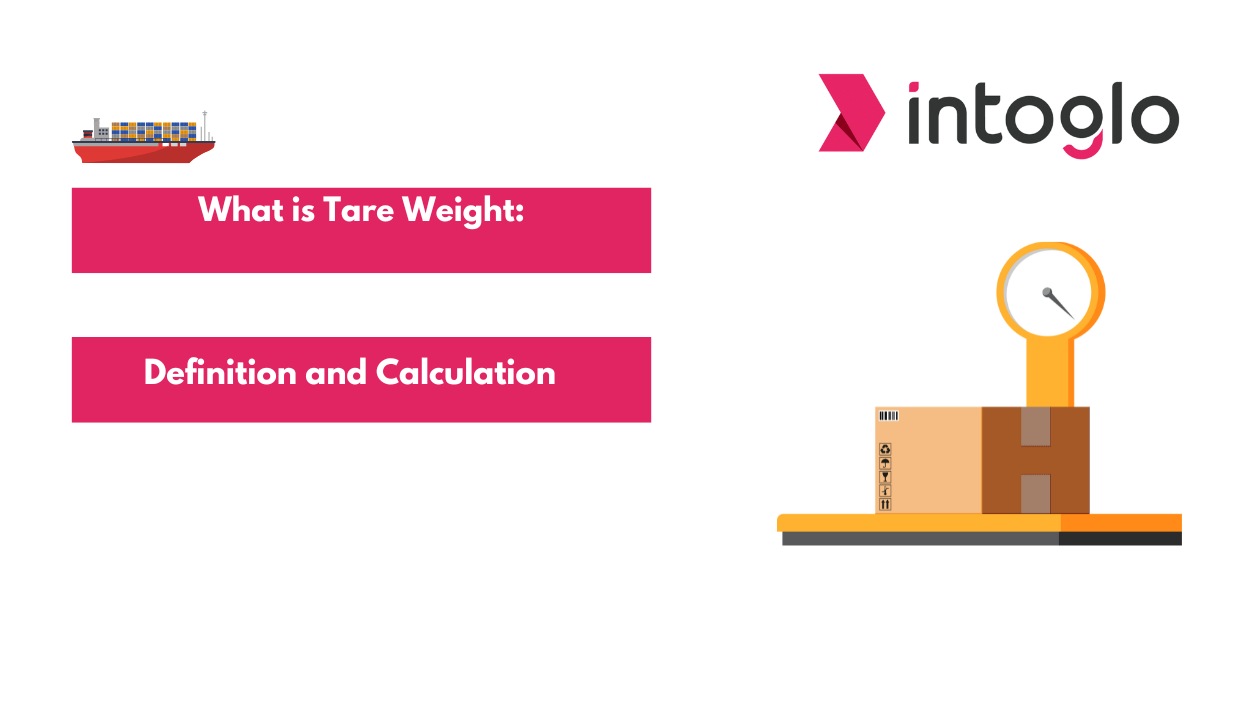

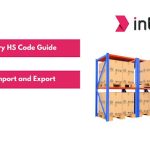
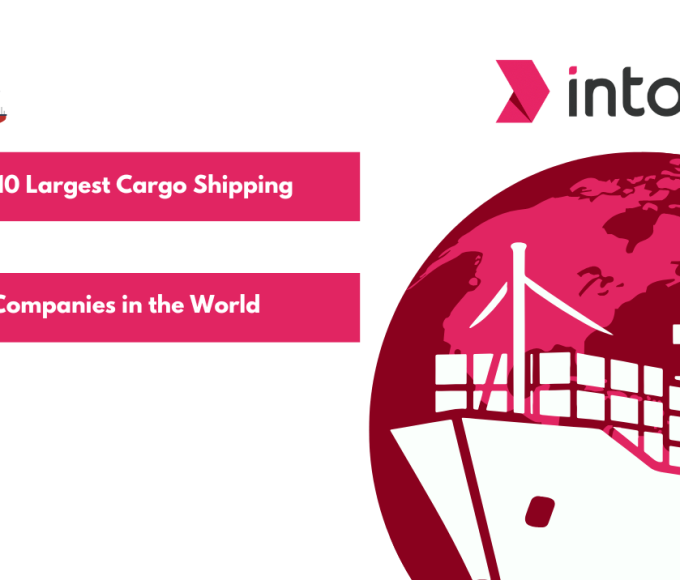
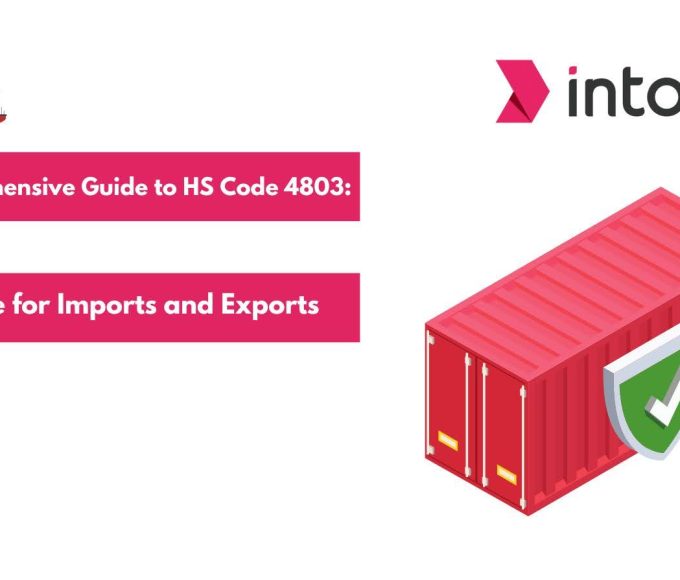
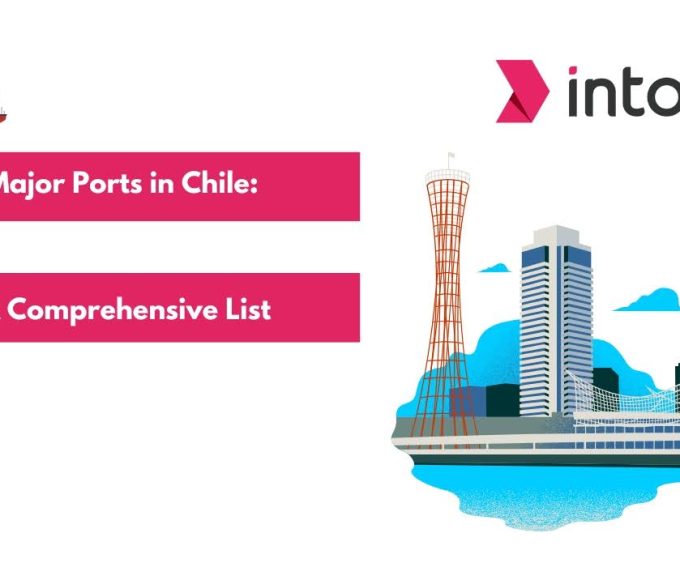

Leave a comment